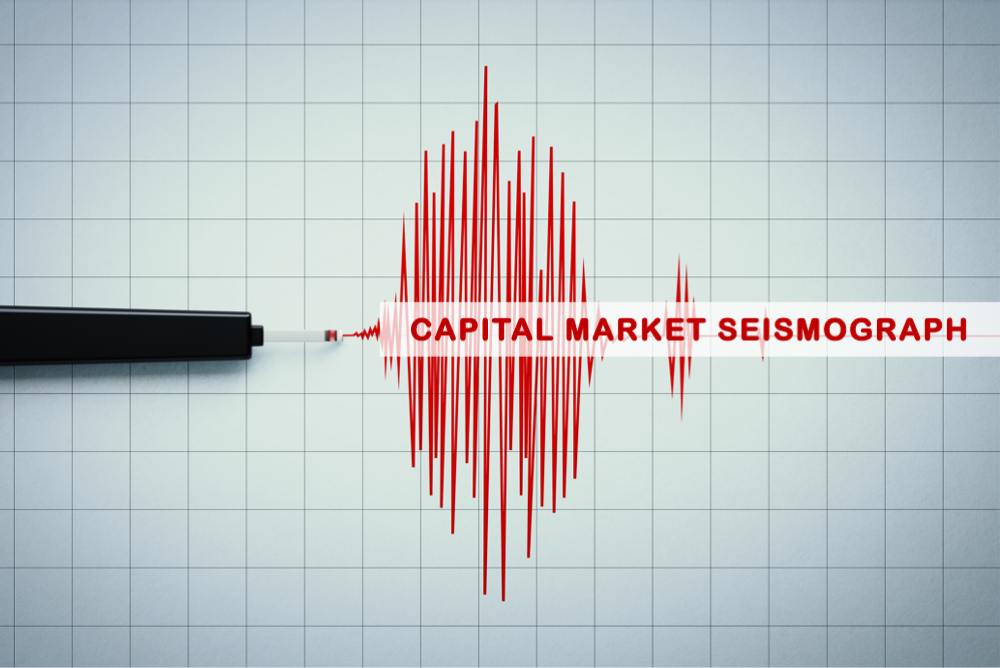A small glimmer of hope.

For some time now, the Secaro Gmbh model, which translates the results of the capital market seismograph into an allocation proposal, has advised maximum defensiveness. Now Secaro managing director Oliver Schlick is cautiously feeling his way back into the stock market: "Between the probability of negative turbulence (red) and the probability of positive turbulence (yellow) there has recently been a limited exchange in favour of the probability of positive turbulence. For the file allocation, this means now being underweighted rather than maximally underweighted."
As they know, the seismograph combines various economic variables - leading economic indicators, interest rate developments - with market indicators, such as price fluctuations on the stock markets. From these, the probabilities for three market states in the next month are distilled. Green stands for the expectation of a calm, positive stock market. Yellow denotes the probability of a turbulent positive market. And red indicates the probability of a turbulent-negative market. If green dominates, investors can invest in shares with peace of mind. Yellow means investing, but with a sense of proportion. If red rises sharply or this probability is extremely high, equity investors should stay on the sidelines.
In the past, a change from "red" to "yellow" was often a signal that the worst was over in the stock markets. "It is still too early to give the all-clear. For that, the probability of a market environment with positive turbulence would have to increase significantly further. But it is a first glimmer of hope - and the reason to become a little less defensive now," Schlick summarises.
The bottom line:
The economic traffic light of the private wealth stock market indicator is currently on red, but the Dax is undervalued - based on our fair value calculation. Therefore, the private wealth stock market indicator provides for a corridor for the recommended equity quota between 45 and 75 percent of the individually intended equity share.
Within this range, we are guided by the results of the capital market seismograph. Because these are now somewhat less pessimistic, the equity quota suggested by the private-wealth stock market indicator increases from 45 to 55 percent of the individual deposit share earmarked for equities. 45 percent of the capital available for equity investments remains in cash.
Yours sincerely,
Klaus Meitinger
Note: Despite careful selection of sources, no liability can be accepted for the accuracy of the content. The information provided in private wealth is for informational purposes and is not an invitation to buy or sell securities.